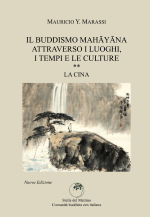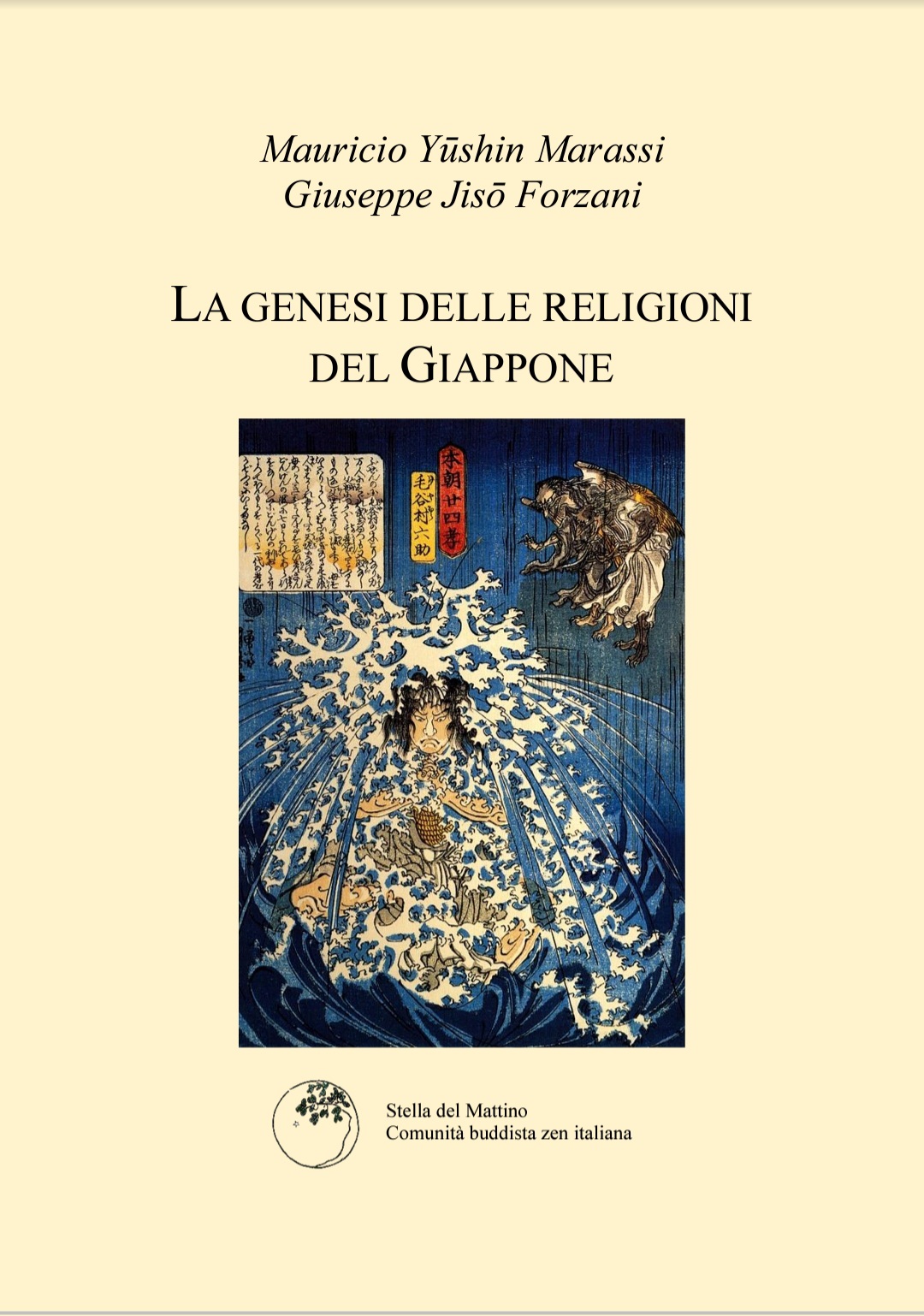In its various forms, Buddhism has moved to Europe from different parts of Asia, but it is well known that Zen Buddhism comes from Japan, and in Japan the cultural substratum from which social norms and structures emerge is essentially Confucian. In Japan, hierarchies, stratifications and rituals grown in the course of the centuries – particularly at the Chinese Imperial court in the so-called mandarin caste – accompany zen like the shell envelops the egg.
However, in a Confucian culture there may be a need to define everybody’s ranking because the position of each actor in the drama played out on the stage of life contributes to determining his behavior. In Buddhism instead —and particularly in zen Buddhism– placing people into slots one on top of the other has no religious meaning whatsover.
In China, Japan, Korea and Vietnam, the Confucian cultural code is both very ancient and deeply rooted. It is in fact the prerequisite of any activity – be it religious or not. For instance, as early as 781, on the Xi’an stele, which is the most ancient written testimony of the Chinese Christian faith, we read: “The reverent Yusi, granted the title of great dispenser, grand officer of the radiant prosperity with golden seal and violet cordon deputy commander of the Northern divisions and inspector at the examination room, was honored with the violet (1) kaṣāya (2). [“Great dispenser, etc. inspector at the examination hall” was one of the highest ranks at the time of the Tang dynasty (618-907). It was one of the ranks of the civilian and independent mandarinate, in other words, of the mandarin hierarchy that did not entail specific administrative functions. The practice whereby the emperor granted the violet kaṣāya to buddhist monks is reported to have started at least since the end of the VII century, and a little later was extended also to the Christian and Manichean monks]» (3).
The lay and religious hierarchies of today’s Japan, all the ranks of the various kyōshi (4), the colors of the okesa and of the koromo (5), the titles of which the Japanese monks go proud, are part of that scheme, the scheme within which everyone finds his slot: the Confucian social structure. They provide the framework for the role plays designed by the Chinese to assign a place to all people and establish relations among them. They have nothing to do with religiosity. It is so much so that even in Bodhidharma’s times the emperor bestowed the violet cordon and okesa to Buddhists, Christians and Manicheans alike, with a view to raising their status through the same colors used by the mandarins.
Those who clamor for titles, ordination, office and rewards, those who promote them – perhaps believing that they are preparatory or even indispensable to the path of Zen — those who think Zen must take on a rigid form, are only offering an empty shell instead of the life that sprouts, always fresh, now here in Europe. Zen does not need a particular form. Those who are interested in these things are searching neither for Buddhism nor for zen. They are interested instead in the role plays which define their identities, in the ranks that allow them to exercise authority. What’s the meaning of wearing a koromo or a kimono (6)? Where is it written that in Buddhism one must imitate a cultural form and speak in a certain language? Why do Italians, French and Germans.., calling themselves Buddhists, live in spaces furnished in a Japanese style, cloth themselves as did the Chinese while gripping a fly swatter (7) made of horsehair as if it were a sacred object? To look for roles and titles, ordination and attires is a heavy hindrance to the practice of zazen. To walk on the path of zen, to practice in serenity and restraint you need only a cushion, good will and some good friends.
If someone dares to dress up like Buddha and wear his cloths because he assumes that this is in harmony with what he is living, he will knit them himself (8), exactly like the Buddha did, without display, with effort and patience. No ordination will be more valid and effective, no title greater than no title.
(translated into English by Mr. Carlo Geneletti)
Notes:
1) In China only the officials of highest rank, the mandarins, were allowed to wear violed-dyed dress.
2) This is the Sanscrit name for the vest that Buddha himself knitted from scraps of shrouds. This word was transliterated into Chinese with two ideograms (袈裟) that imitate the sound of the Sanscrit word. Now these ideograms are read jia sha in Chinese and kesa in Japanese. Kesa, in turn becomes okesa with the addition of the honorary prefix o. Kaṣāya, literally means “ocre” “orange”: in the ancient communities, garments were dyed all in the same color, for the sake of frugality and uniformity. The color was indeed the kaṣāya , a certain type of pigmented clay.
3) Cfr. Matteo Nicolini-Zani, La via radiosa per l’oriente, Qiqajon, Magnano BI 2006, 205. The square bracket is used in the footnote of this text. The “monk Yisi” is the «mar Yazedbozid, presbyter and chorbishop of Kumdan. He also went under the name of Yisi. He was originally from Balkh, of Bactria, a region of Central Asia.» (ibidem 101). Yisi was one of the first Christian missionaries in China.
4) 教師, read kyōshi in Japanese and jiao shi in Chinese, means “teacher”. It is used as a suffix for around twenty ranks of the Japanese clergy derived from the “mandarin” culture. They are now adopted by several Europeans practicing zen Buddhism, particularly in the Sōtō school.
5) Long Chinese robe (cfr. http://www.zabuzabu.net/gfx_content/koromo.jpg ) with a wide pleated skirt and very ample sleeves. It is used by the Japanese Buddhists and their Western imitators. The ideogram衣 (read koromo in Japanese and yi in Chinese) means “dress” in the meaning of “garment” and in that of “dressed”.
6) Japanese adaptation of Chinese dress usually worn by women, that is now used by many European Buddhists under the koromo.
7) In Japanese hossu, 払子, (cfr. http://en.wikipedia.org/wiki/Hossu), a flyswatter used in ancient China and now employed by Japanese Buddhists in certain ceremonies.
8) Here http://u.nu/885×4 you can find detailed instructions, in English on how to knit an okesa and here http://u.nu/695×4 an orakusu, the small okesa, and here instead http://u.nu/3a5x4 and here http://u.nu/7a5x4 you will find, in Italian, how to knit a cushion (zafu). Here http://u.nu/4b5x4 you will find, several videoclips in English on how to knit an orakusu.
Se volete, lasciate un commento.
You must be logged in to post a comment.







